The hot weather is coming as expected. I believe many people have such troubles. Go out for two minutes and sweat for three hours. But do you know that along with the rising temperature, there are also many spontaneous combustion accidents of new energy vehicles, especially in the hot summer. Accidents caused by charging and fire are common. There are endless similar news on the Internet! Principle of charging of new energy vehicles Charging principle: Electric vehicles consume battery energy when driving. When replenishing the battery, the process of transferring the energy from the power grid or other energy storage devices to the battery of the vehicle is charging. Common charging methods include slow charging, fast charging, battery replacement, wireless charging, mobile charging and other methods. Fire incidents of new energy vehicles are usually related to improper charging methods. So, how can we ensure safety when charging new energy vehicles while maintaining them in the hot summer?
1. Pay attention to heat dissipation of the battery.
The optimal operating temperature range of the battery is about 20-30℃. Working in this temperature range, the battery has the best performance and the longest service life. Therefore, after using the car, wait for the battery to cool down slightly before charging.
2. Check the equipment in the car
After charging starts, make sure that the voltage and current are within the normal range before leaving the scene. If conditions permit, you should check the charging status regularly to see if it is normal.
3. Master the charging time and frequency
Overcharging, over-discharging and undercharging will shorten the life of the battery to a certain extent. When using an AC charging pile, the average charging time of a car battery is about 6-8 hours. In addition, fully discharge the battery once a month and then fully charge the battery. This will help “activate” the battery and increase its capacity.
4. There are particularities in the placement of sockets, cables, and chargers
When charging your car, try to expose the socket in an open and cool place, and connect the cable directly to the socket. At the same time, avoid exposing the cable to the sun, and the charger should also be placed in a stable and ventilated place.
5. Do not charge in thunderstorms
In thunderstorms, you should try to charge indoors. When parking, try to choose a place with no water accumulation and a high parking space to avoid the battery being soaked in water. If there is water accumulation in the charging area, charging is prohibited.
6. Do not charge immediately after exposure to the sun
After long-term exposure to the sun, the temperature of the power box will rise sharply, causing the battery temperature to rise, accelerating the aging and damage of the lines in the car, so it is best not to charge when exposed to the sun in summer.
7. Do not stay in the car when charging
During the charging process, some people like to stay in the car to rest, but in fact this is very dangerous. It is recommended that you can rest in the lounge during the charging process, and wait until the car is fully charged before entering the car.
8. Choose a charging pile that meets national standards
When charging, car owners must use a charging pile that meets national standards. Before charging, first confirm the status of the car and whether the equipment is normal. After starting charging, confirm whether the voltage and current are normal. This is not only to protect the battery of your car, but also to protect your own safety.
9. Do not place flammable materials in the car
Many times, the spontaneous combustion of a vehicle is not a problem with the vehicle itself, but is caused by the ignition of various flammable items in the car by high temperature. Therefore, when the outdoor temperature is high, do not place flammable and explosive items such as glasses, lighters, paper, perfume, air freshener, etc. on the dashboard or in the car to avoid irreparable losses.



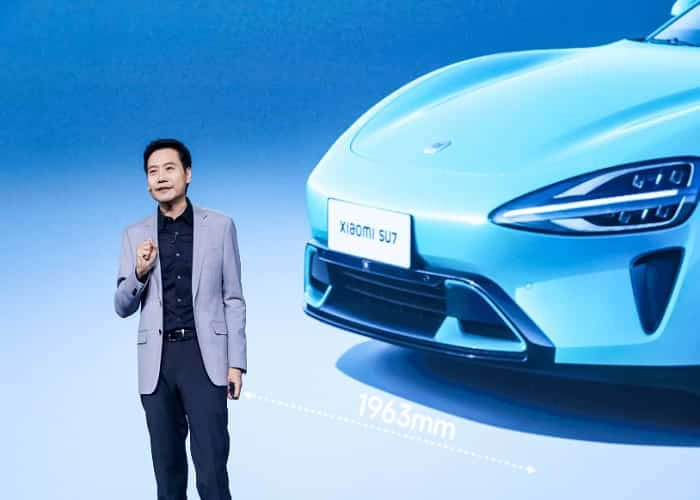
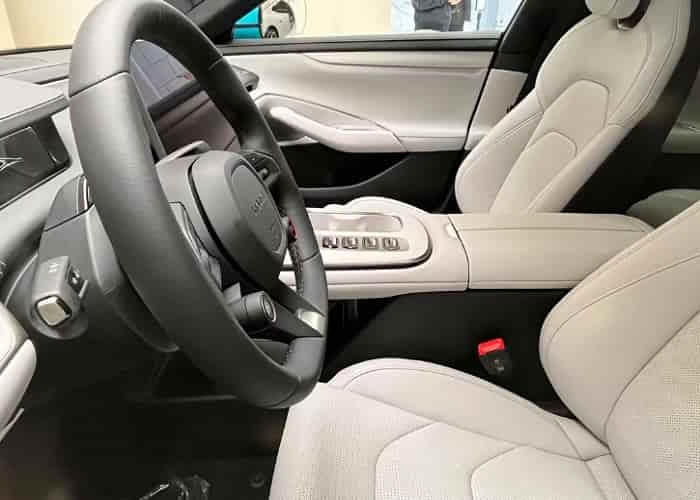


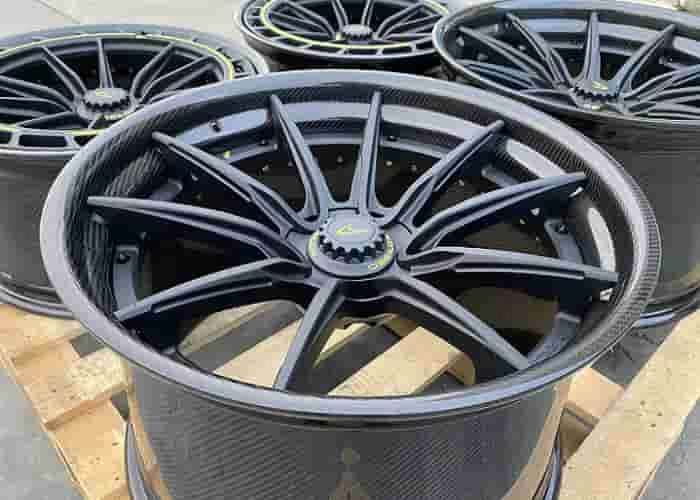

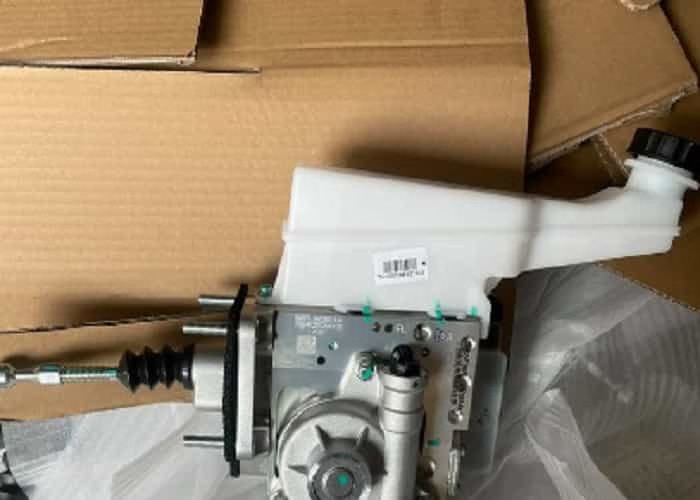
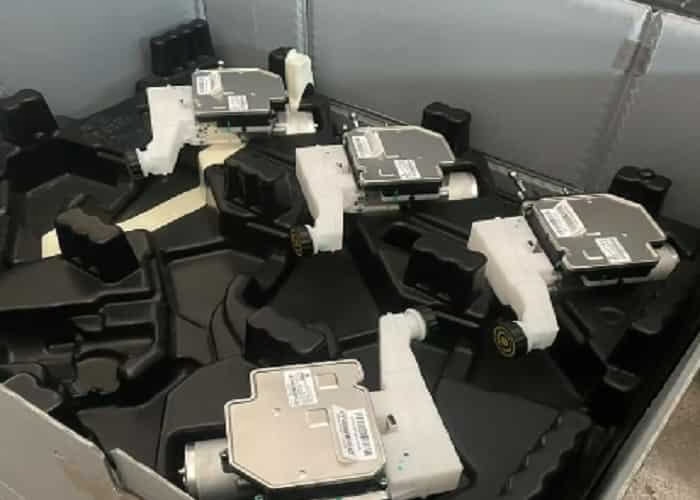
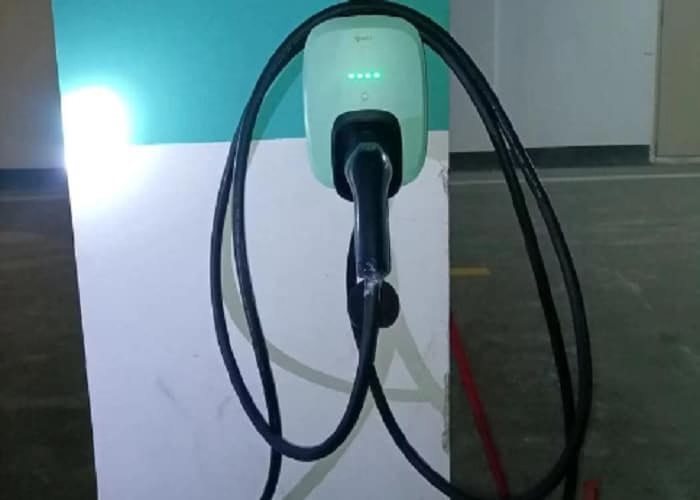



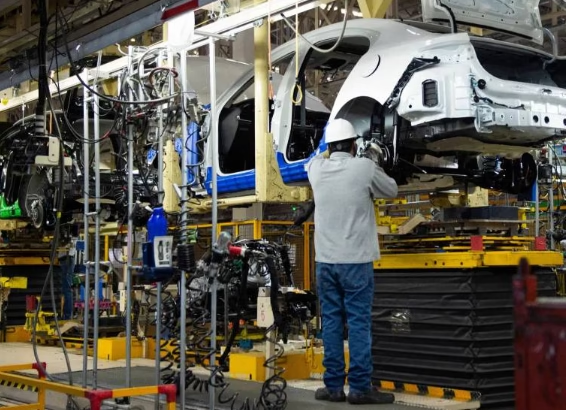
Leave a Reply